Apple has sold Macintosh computers for just short of 30 years. Over just the last six, its personal computer business has been vastly overshadowed by its sales of Post-PC mobile devices. What future is left for the Mac?
2013 was a rough fiscal year for the Mac
For six and a half years (26 consecutive quarters) prior to last year’s holiday season (Q1 2013), Apple’s Mac sales had been outpacing the growth of the global PC market. In 2012, PC sales began dramatically retracting for the first time since the dotcom collapse in 2001.
Apple remained impervious to this contracting demand until it was forced to report a significant decrease in Mac sales for the December 2012 quarter
The company blamed its year-over-year Mac sales drop (from 5.2 million to 4.1 million) on the quarter’s week-shorter length and its own failure to launch its slim new iMac before the very end of the quarter. Sales of notebooks, Apple’s chief executive Tim Cook noted, were on track.
In addition to "significant constraints" on iMacs, Apple also didn’t have a new Mac Pro to sell. And the company had also reduced inventory levels significantly over the quarter, creating a sell-out vacuum or sorts. While Mac unit sales came in a whopping 22 percent below one year prior, revenue was down by just 16 percent
"If you just take these three factors, they bridge more than the difference between this year's sales and last year's sales," Cook said.
However, Macs sales continued flat year-over-year in the March quarter and again retracted (although not nearly as much) in the June quarter. So dramatically have PCs fallen that Apple’s own stagnant growth looks veritably radiant in comparison to the clammy grey death-face of the general PC business.
This begins to suggest that Apple’s Mac business is plateauing along with PCs in general. Actually, PCs plateaued much earlier; overall computer sales dropped 6.4 percent in 2012 and in 2013 began sharply retracting twice as fast: a 13.9 decrease in sales. So dramatically have PCs fallen that Apple’s own stagnant growth looks veritably radiant in comparison to the clammy grey death-face of the general PC business.
Everyone knows why: it starts with i and ends with pad, although there’s a lot of desperate attempts to euphemize this trend under the softer language of "tablets," as if $49 White Box tablets have subsumed the personal computing business just because vendors of all stripes are shipping them.
Usage data paints a different picture: iPads are simply eating up PC sales while White Box tablets are doing their best impersonation of the 2008 netbook, reclined on a retail inventory shelf whispering to as-yet unconvinced buyers how super cheap they are and how they’re ready to do anything.
Should Apple go mobile?
Is it time for Apple to give up the Macintosh and plant both feet into the Post-PC future, as pundits have been recommending since way back into the pre-iPad, pre-iPhone, iPod era? Well, the fact that they were, in retrospect, obviously wrong back then suggests that maybe the way they are looking at things is still wrong today.
This summer, at Apple’s Worldwide Developer Conference, the company emphasized that its Mac installed base has grown to 72 million, a 100 percent increase from five years ago. The PC market has only grown 18 percent over that same period; it stopped growing entirely a couple years ago.
One year after releasing OS X Mountain Lion, the company said it had sold 29 million copies. Compared to the 400 million copies of iOS 7 that it delivered within its launch week, that’s small potatoes. But iOS 7 was free, whereas OS X has a nominal price, allowing it to generate somewhere in the ballpark of $840 million. Apple is earning nearly as much from its Mac platform as Microsoft is from Windows.
Microsoft earned nearly $6 billion from Windows just in the December quarter, but Apple earns the bulk of its income from hardware sales ($5.5 billion from Macs in the same "rough" quarter), which are enhanced by new OS releases. So Apple is earning nearly as much from its Mac platform as Microsoft is from Windows. The difference is that Apple’s Mac platform isn’t the only platform Apple has, nor is it even the largest or most profitable anymore.
Note too: the only other companies with PC operating systems are giving them away. No doubt all of them would like to be in Apple’s position of taking in nearly a billion every year on OS upgrades on top of the company’s industry leading hardware profits. Google is so enamored with being Apple that it duplicated Apple’s entire Mac product line under its Chrome OS brand, with help from Samsung.
The part they haven’t been able to clone is the part where people buy that hardware, or develop unique and exclusive software for that platform, making the products anything other than a poor quality photocopy or an undifferentiated commodity. Google loses money on hardware, and Samsung’s computing profits outside of smartphones are a tenth the size of Apple’s
Should Apple "converge"?
The people who are consistently wrong about Apple and do not understand its strategy are also recommending other arbitrary changes based on their limited grasp of facts. One popular meme is the idea that iOS and OS X are destined to "converge," as if there is already some major technical disparity between them that needs to be aligned, or as if their differences in implementation are not intentional.
It’s interesting to note that nobody really felt compelled to similarly recommend that Microsoft "converge" Windows XP and Windows Mobile, which actually were completely unrelated platforms in everything but branding, or suggest that Windows 7 or 8 needed convergence with Windows Phone 7 or 8, despite that both continued to pursue wildly different strategies related to app development.
Also, thinking back to the 1980s, I don’t recall anyone ever insisting that Atari needed to "converge" Missile Command and Pac-Man so that users could play a video game featuring both aliens and ghosts, using a hybrid joystick-trackball controller. Atari gobbled up more quarters having two separate video games.
But doesn’t it make so much sense to mix together your most successful products into frankenstein hybrids? It’s working so well for padfones, Android-Windows tablet-notebooks, Zune PCs and refrigerator-toasters.
And what’s not to like about a mobile operating system loaded with desktop trappings, like the franken-Android distros appearing in Asia that have multiple apps running in desktop-style windows? Finally resurrecting some of the core innovation of Windows Mobile, where moving to a new form factor simply retains everything in a no-compromise package like land mammals with gills and fins.
Now, that’s not to say that there isn’t lots of cross-pollination between iOS and OS X. So much so, in fact, that it’s easier to detail what’s different on each than what’s shared, both on a development level and in user facing features. That list is getting shorter with OS X Mavericks, which adds support for iOS-style Maps and iBooks.
But it’s pretty clear that the overall differences in design and use between iOS devices and Macs are not headed for a Grand Confluence where in a couple years we will have windowing mobile devices and push button desktops like those monstrous creatures that escaped from Microsoft’s drawing boards in Redmond and are scaring the public into Apple’s stores.
Apple’s investments in the Mac
Rather than "converging," Apple has been developing technologies specific to the Mac. The primary new hardware features of the last years’ Macs are support for Thunderbolt and USB 3.0, Fusion Drive and the new 802.11ac wireless standard. None of those are immediately relevant to mobile devices.
It appears Thunderbolt (it’s tied to the Intel x64 architecture, and doesn’t really make any sense for a mobile device) and Fusion Drive (no iOS devices use mechanical hard drives) will never be. And while Apple’s new Lightning connector looks like it was designed with the foresight to support USB 3.0, nobody has yet discovered support for the faster bus within the new A7.
Being able to take advantage of USB 3.0 in a mobile device would require very fast RAM, as the existing USB 2.0 is still very fast, faster than virtually any hard drive. Some iOS users even opt for WiFi-sync of their devices, which is much slower than USB 2.0.
Similarly, 802.11ac is insanely fast, and Apple has other intermediate options available for speeding up iOS’ WiFi beyond the current peak of 150 Mbps; no need to jump to the "ac" 1.3 Gbps solution, given the current use scenarios of iPhones and iPads.
Apple certainly isn’t just rewarming the Mac platform as sales nosedive, while eyeing the mobile market and making convergent, hybrid compromise plans as Microsoft has been over the last decade. It has rethought the very core of its products.
Back to the Mac Pro
Back in April, "What will Apple do with the Macintosh?" outlined the new Mac Pro as likely adopting a new form factor that dropped its optical drive and large outline to focus on high performance, leveraging Thunderbolt (and specifically the faster new 20 Gbps Thunderbolt), "rather than large open slots in a big enclosure, to retain the Mac Pro's expansion potential."
At WWDC, Apple debuted the new Mac Pro that did exactly that.
Going forward, Apple isn’t under the gun to replace every Windows PC with a Mac Pro. The iPad is already doing that. The Mac Pro, along with the iMac, has the opportunity to "eat up multiple segments of the valuable remains of the vast PC market," just as Windows 8.1 and RT savagely ravage PC makers with an acute infection of unsellable operating system-osis.
With an installed base north of 72 million, the Mac platform is not only bigger than ever, but it's also more comfortable than ever sitting in its historical role as a media and content production platform. Apple held its ground against Windows in the 1990s because artists, producers and designers relied upon it while users with simpler needs (limited to web browsing, terminal emulation and word processing) flocked to Windows.
Today, users with basic needs are better satisfied by iOS than Windows. That’s had a massively erosive effect upon the hegemony of Windows as an everywhere platform. New consumer software is now arriving in the form of iOS apps, not Windows programs.
More serious users (web and app developers, artists, musicians and video editors) have already been drawn to the Mac for years. More powerful, easier to use and more iOS-familiar facets of new OS X versions are enhancing the Mac’s role in creating content, and blazing fast new hardware will enhance that trend even further.
The remaining question is: how prepared is Apple to outmaneuver Microsoft’s Windows and Google’s Android at the same time, investing in two categories of computing at a faster pace and delivering more innovative work that either of its giant rivals, while also producing hardware that outclasses not just the collective sum of world’s PC makers, but also the global mobile industry.
So far, so good.
 Daniel Eran Dilger
Daniel Eran Dilger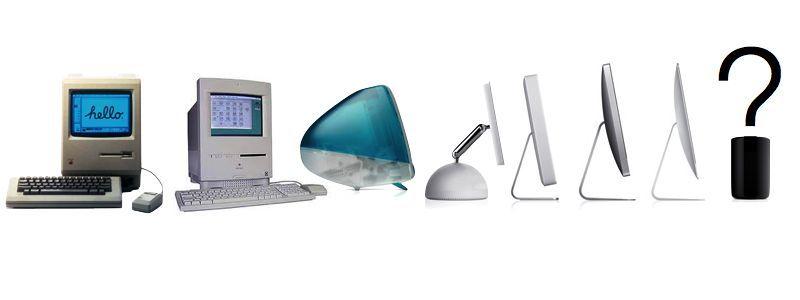
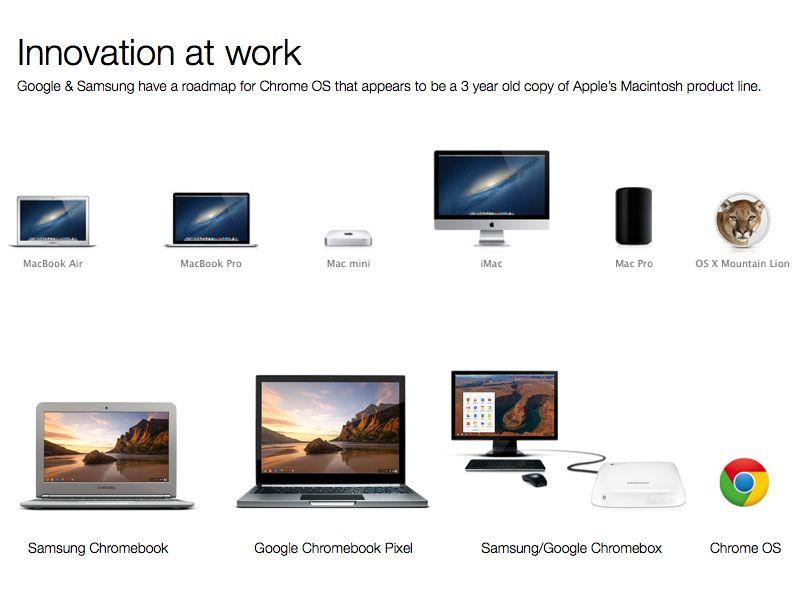
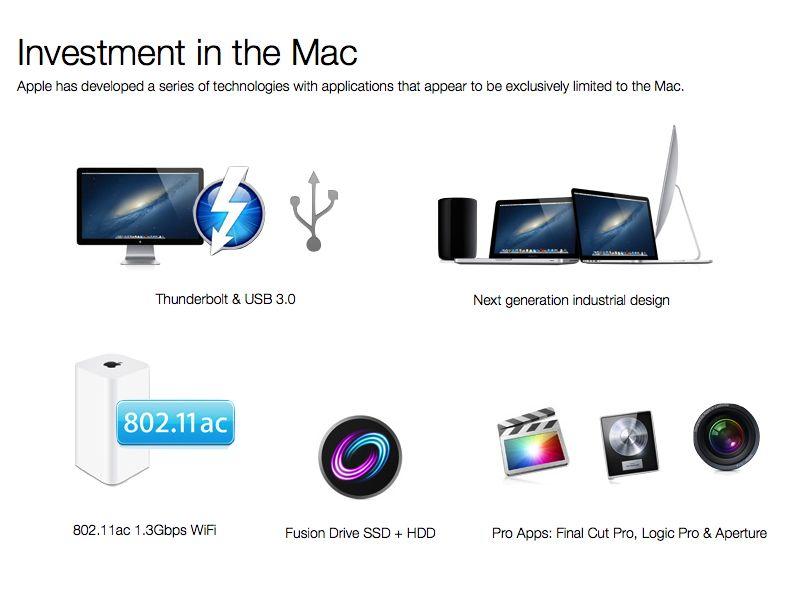







-m.jpg)






 Charles Martin
Charles Martin
 Marko Zivkovic
Marko Zivkovic
 Andrew Orr
Andrew Orr
 Amber Neely
Amber Neely

 William Gallagher and Mike Wuerthele
William Gallagher and Mike Wuerthele

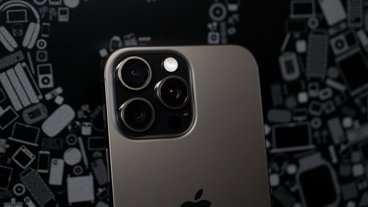
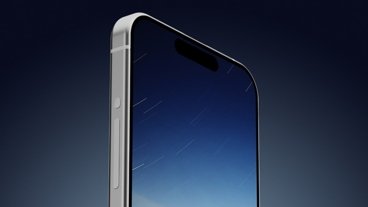
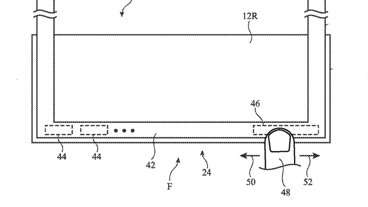







255 Comments
Dooomed Just kidding, I won't be getting rid of my mac for at least another 5 years of iOS evolution. I see a likely merge in the future.
That's not really true. USB 2.0 maxes out at 480Mbps, which is 60 MB/s. Real-world throughput is considerably less. Any hard drive made in the last 5 years can transfer faster than 60 MB/s sequentially.
Have you seen the Mac Pro "theatrical trailer" actually play before a movie?
DED, I love what you did by making the next Mac Pro the period on the question mark but I think you missed an opportunity to really tie it together. [INDENT][IMG ALT=""]http://forums.appleinsider.com/content/type/61/id/32481/width/500/height/1000[/IMG][/INDENT]
Another excellent article for the weekend. I'd add, I hope the Fusion Drive is a clever, but temporary beast, bridging the gap until SSD capacity and price fall to acceptable levels.